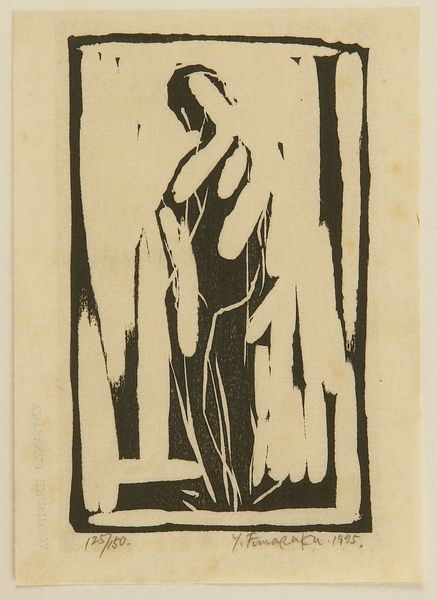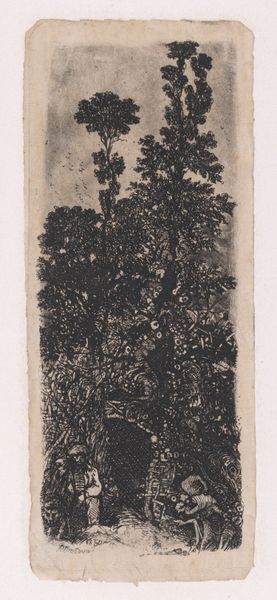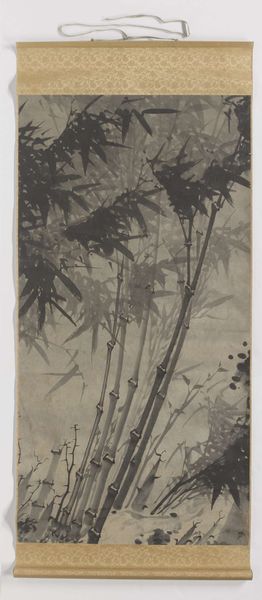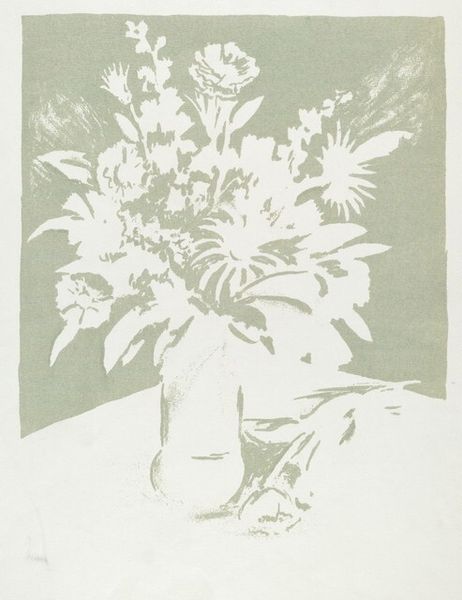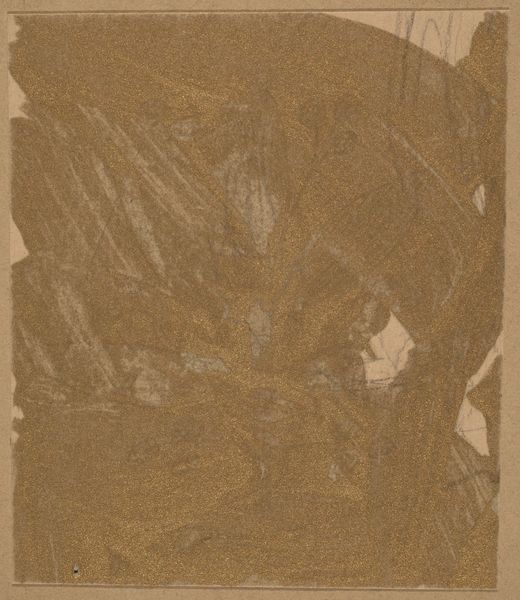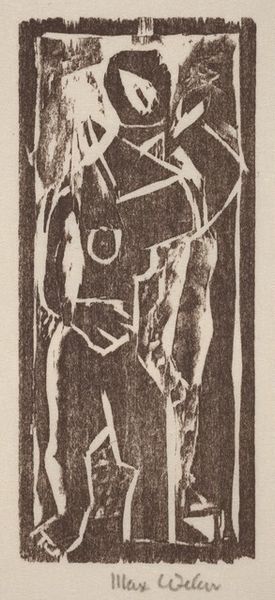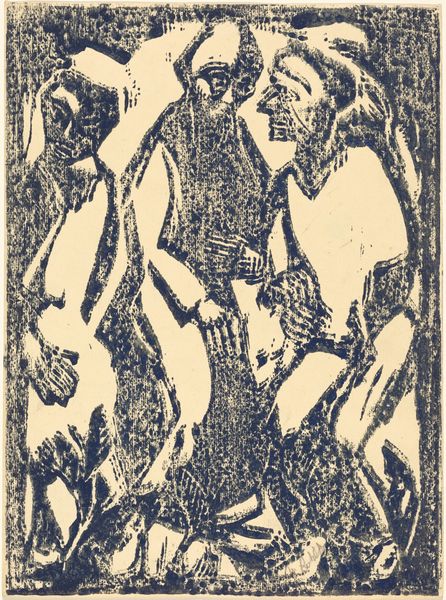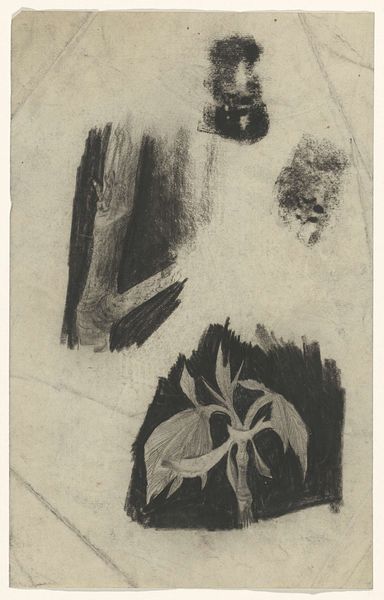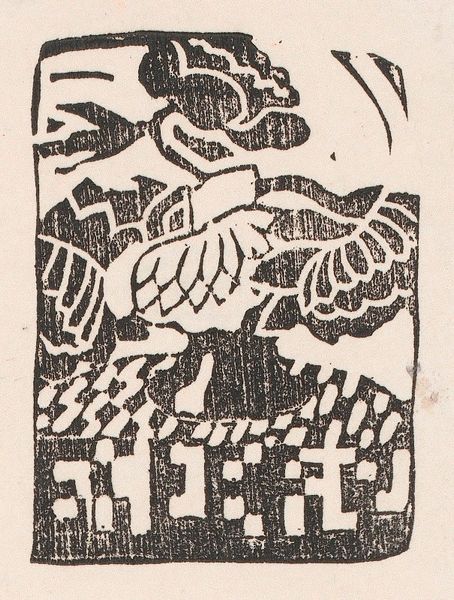
Dimensions: 14 1/4 × 2 3/8 in. (36.2 × 6.03 cm)
Copyright: Public Domain
Tomioka Tessai painted "Crane and Pine" with ink and color on paper. Tessai lived through the end of the Edo period, the Meiji Restoration, and into the Taisho era. Tessai was a late bloomer. It wasn’t until he was in his fifties that he became a professional artist. He was a complicated figure who embraced both tradition and modernity. Confucianism, from which he drew much inspiration, emphasizes social harmony and filial piety, but the cranes perched atop the pine tree suggest an alternative narrative of freedom and longevity. The crane is a symbol deeply embedded in Japanese culture. These birds often represent grace and good fortune and, in many East Asian cultures, they’re believed to live for a thousand years. Like the pine itself, Tessai was resilient, weathering many social and political storms in Japan. He was determined to outlive his contemporaries, once stating that he wanted to live until he was 100. Through "Crane and Pine", Tessai seems to be reminding us of the importance of living a long and meaningful life.
Comments
No comments
Be the first to comment and join the conversation on the ultimate creative platform.
